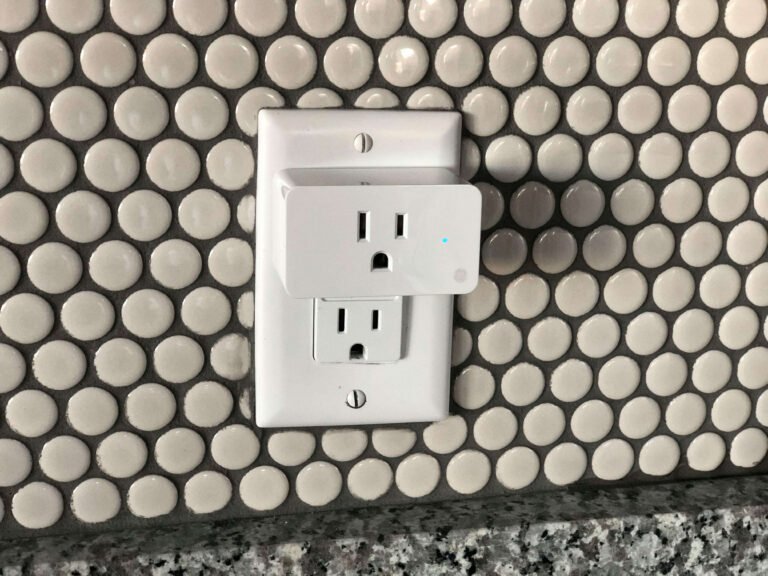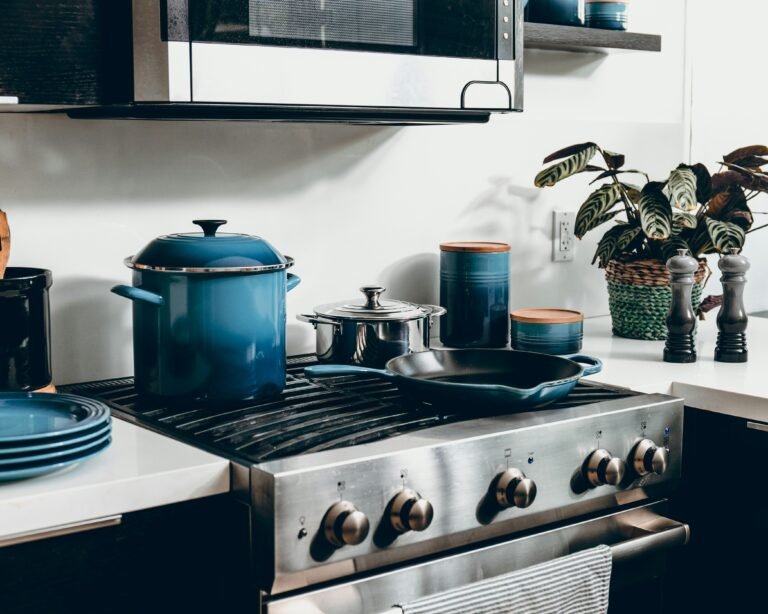Imagine controlling your home devices from anywhere, whether you’re at work, on vacation, or simply across the room. Smart plugs make this possible by offering a simple, budget-friendly approach to home automation. With the ability to operate lights, fans, and appliances through your smartphone or voice assistant, these versatile devices provide convenience and flexibility to manage your household. In this guide, we’ll explore how smart plugs work, why they matter for modern home automation, the key features to look for, and practical tips on getting the most out of them.
Table of Contents
Why Choose Smart Plugs for Remote Device Control?
1. Enhanced Convenience and Flexibility
Smart plugs make it easy to manage devices from your phone, giving you complete control over your home environment no matter where you are. Turn off lights you forgot about, start your coffee maker from bed, or even create schedules for your electronics.
2. Energy Efficiency and Cost Savings
By allowing you to turn off devices remotely and set timers, smart plugs help reduce unnecessary power usage. Some models also track energy consumption, giving you insight into your usage habits.
3. Security and Peace of Mind
Smart plugs add an extra layer of security. With remote control capabilities, you can turn lights on or off to give the appearance of someone being home, deterring potential intruders.
Pro Tip: Use smart plugs to automate lights at night or schedule random on/off times when you’re on vacation for enhanced home security.
Key Features to Look for in Smart Plugs
1. WiFi Compatibility and Range
Most smart plugs operate over WiFi, allowing you to control them from anywhere as long as you have an internet connection. However, the range of your WiFi router may affect connectivity, so consider placement when setting up smart plugs.
Pros
- Allows control from any location with internet access
- Compatible with most home WiFi networks
Cons
- Requires stable WiFi; may not work well in areas with poor coverage
Pro Tip: For larger homes, use a WiFi extender to ensure strong connectivity for your smart plugs throughout the house.
2. Voice Assistant Compatibility
Many smart plugs are compatible with popular voice assistants like Amazon Alexa, Google Assistant, and Apple HomeKit. This feature enables hands-free control of your devices by simply giving voice commands.
Pros
- Allows for hands-free control
- Integrates easily with other smart home devices
Cons
- Compatibility may vary, so check specifications for your preferred voice assistant
Pro Tip: Connect your smart plug to Alexa or Google Assistant and control your devices without lifting a finger, ideal for hands-free convenience in any room.
3. Scheduling and Timer Functions
Smart plugs with scheduling capabilities let you set specific on/off times, automating your devices. This is especially useful for creating daily routines, such as turning on lights in the morning or turning off appliances at night.
Pros
- Helps automate routines for improved energy efficiency
- Reduces manual control and saves time
Cons
- Not all models have customizable schedules, so check the product details
Practical Uses for Smart Plugs in Everyday Life
1. Control Lighting for Ambiance and Security
Use smart plugs to control lamps, string lights, or outdoor lighting. This setup allows you to turn lights on or off remotely, creating ambiance or increasing security by making it appear as if someone is home.
Example: Schedule your living room lights to turn on at sunset and off at bedtime, making your space cozy while reducing electricity waste.
2. Automate Small Appliances
Smart plugs are great for appliances like coffee makers, fans, and space heaters. Program them to start or stop at specific times, or control them on demand from your phone.
Example: Set your coffee maker to turn on just before you wake up, so you can start your day with a fresh brew without delay.
3. Reduce Energy Consumption in Standby Devices
Many electronic devices consume power even when they’re turned off. Use smart plugs to cut power to devices in standby mode, helping you save energy and reduce your electric bill.
Example: Connect your entertainment center or gaming console to a smart plug and schedule it to turn off automatically when not in use.
Pro Tip: Monitor power consumption using smart plugs with energy tracking features to identify high-energy devices and adjust usage as needed.
Pros and Cons of Using Smart Plugs
Pros
- Easy to Install and Use: Most smart plugs require minimal setup, and many models connect via smartphone apps, making them user-friendly.
- Enhances Home Automation: Smart plugs can integrate with other smart home devices for a seamless experience.
- Offers Flexibility and Convenience: You can control devices from anywhere, giving you freedom and flexibility over your home environment.
Cons
- Dependent on WiFi Connectivity: Smart plugs require a stable WiFi connection to function effectively.
- Limited to Certain Devices: Smart plugs work best with smaller appliances; larger, high-power devices may not be compatible.
Pro Tip: Use smart plugs in conjunction with other smart home devices (like smart thermostats or security systems) for a more integrated and efficient home automation experience.
Tips for Using Smart Plugs Effectively
1. Create Daily Routines with Scheduling
Set specific times for smart plugs to power devices on or off, saving energy and creating predictable routines. This is particularly useful for morning and evening routines, such as turning on lamps or starting coffee makers.
Example: Schedule outdoor lights to turn on automatically in the evening, providing visibility and security around your home.
2. Group Devices for Convenient Control
In most smart home apps, you can group devices together to control them simultaneously. For instance, group all your living room lamps to turn on or off with a single tap or voice command.
3. Monitor Energy Usage for Efficiency
Many smart plugs come with energy-monitoring capabilities. Use this feature to keep track of how much energy certain devices use and identify opportunities to reduce consumption.
Example: Monitor how much energy your gaming console uses, then set timers to reduce power usage during idle times.
Frequently Asked Questions (FAQ)
Q: Can smart plugs handle high-wattage devices?
A: Most smart plugs are designed for low-to-moderate wattage appliances, like lamps or small fans. High-power appliances like refrigerators may require specialized smart outlets.
Q: Do smart plugs work if WiFi is down?
A: Without WiFi, remote control and scheduling features may not work, though some smart plugs may still function manually if they have an on/off button.
Q: Are smart plugs safe for outdoor use?
A: Some smart plugs are rated for outdoor use, but not all. Look for weatherproof models specifically designed for outdoor environments.
**Q: Can I control smart plugs with
multiple devices?**
A: Yes, most smart plug apps allow multiple devices to connect, so you can control them from more than one phone or tablet.
Conclusion
Smart plugs offer a convenient, energy-efficient way to control your devices remotely. With features like scheduling, energy monitoring, and compatibility with popular voice assistants, these versatile tools make it easy to manage your home from anywhere. Whether you want to save on energy costs, increase home security, or simply add convenience to your daily routine, smart plugs are an excellent choice for home automation.
Ready to take control of your devices remotely? Check out these top-rated smart plugs and start your journey to a more connected, energy-efficient home: [Affiliate link placeholder].
As an Amazon Associate I earn from qualifying purchases.
Explore this topic: Remote Control
Last updated on August 7, 2025








